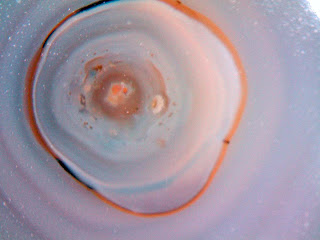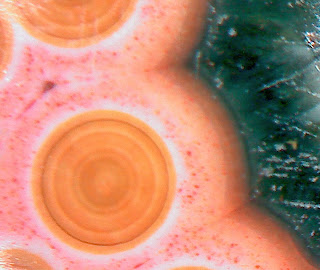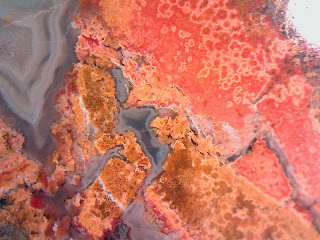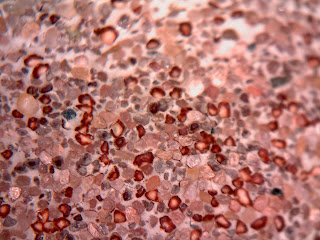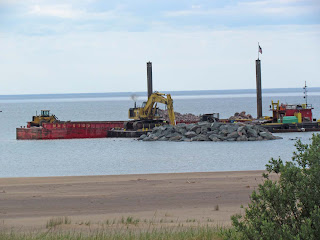For today's posting, I decided to post information about tides.
Tides are one of the most reliable phenomena in the world. The word "tides" is a generic term used to define the alternating rise and fall in sea level with respect to the land, produced by the gravitational attraction of the moon and the sun. Twice each day the ocean waters regularly rise and fall along our shores. Basically, tides are very long waves that move through the oceans in response to the forces exerted by the moon and sun. Tides originate in the oceans and progress toward the coastlines where they appear as the regular rise and fall of the sea surface. When the highest part, or crest of the wave reaches a particular location, high tide occurs; low tide corresponds to the lowest part of the wave, or its trough. The difference in height between the high tide and the low tide is called the tidal range.
A horizontal movement of water often accompanies the rising and falling of the tide. This is called the tidal current. The incoming tide along the coast and into the bays and estuaries is called a flood current; the outgoing tide is called an ebb current. The strongest flood and ebb currents usually occur before or near the time of the high and low tides. The weakest currents occur between the flood and ebb currents and are called slack tides. In the open ocean tidal currents are relatively weak. Near estuary entrances, narrow straits and inlets, the speed of tidal currents can reach up to several kilometers per hour.
Gravity and inertia act in opposition on the Earth’s oceans, creating tidal bulges on opposite sites of the planet. On the “near” side of the Earth (the side facing the moon), the gravitational force of the moon pulls the ocean’s waters toward it, creating one bulge. On the far side of the Earth, inertia dominates, creating a second bulge.
The highest tides on planet Earth occur near Wolfville, in Nova Scotia's Minas Basin Bay of Fundy. The water level at high tide can be as much as 16 metres (52 feet) higher than at low tide.
High tides happen every 12 hours and 25 minutes (or nearly an hour later each day) because of the changing position of the Moon in its orbit around the Earth.
At mid-tide, the flow in the Bay of Fundy equals the combined flow of all the rivers and streams on Earth!
Here is a video of the tidal changes in the Bay of Fundy.
Lake Superior doesn't have tides like the oceans. However, periodically the water levels rise and fall by as much as one foot due to a phenomenon called a 'seiche' (SAYSH, a French word that means 'to sway back and forth'). This happens when water piles up on one side of the lake because of wind or high barometric pressure and then shifts back to the other side. Small seiches occur all the time, but sometimes strong ones can cause ships to bang together in harbors, or leave them high and dry for a few minutes.
In Lake Superior, small seiches occur almost continuously. These go largely unnoticed. However, the biggest seiches can bang ships together in harbors, snap their mooring lines, and buckle their plates.
On July 13, 1995, a big Lake Superior seiche left some boats hanging from the docks on their mooring lines when the lake water suddenly retreated. In that seiche, lake water went out and came back within fifteen to twenty minutes at Ashland, Wisconsin, Marquette and Point Iroquois, Michigan, and Rossport, Ontario. People who witnessed it were amazed. In just a few minutes, water levels changed about three feet.
In 1998 a seiche occurred in Two Harbors, Minnesota, that caused several hundred thousand dollars of damage to vessels loading iron ore at the Duluth Missabe Iron Range Railway Company docks. This seiche surged a vessel almost 12 to 15 feet.







































